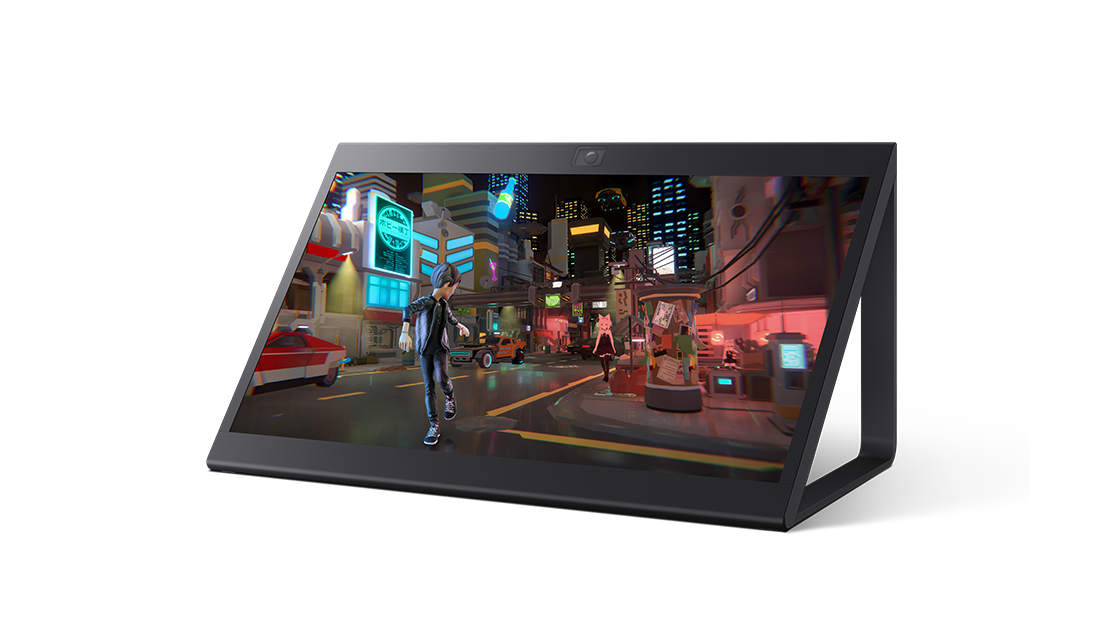Sony Electronics’ ELF-SR2 and ELF-SR1 Spatial Reality Displays, which provide realistic, three-dimensional content without special glasses or VR headsets, are adding enhancements to support various industries.
The latest release of the Spatial Reality Display Plug-in for Preview, designed to improve the compatibility with digital content creation (DCC) tools for showcasing 3D data on spatially immersive displays, enables stereoscopic display of 3D data. It allows for a more accurate assessment of intricate curves, complex structures, and the creation of smooth and natural animations that can be challenging to confirm on 2D monitors.

The updated version of the plug-in is specifically tailored towards Autodesk Maya, a 3D animation and visual effects software. With Autodesk Maya’s various features, users can experience an even higher level of precision in 3D animation production.
In addition to Autodesk Maya, the plug-in supports other software such as Autodesk 3dsMax, ZBrush, and Blender, providing a broader range of applications for 3D content creation. The combination of Sony’s Spatial Reality Displays and the enhanced plug-ins contribute to higher efficiency and quality improvement in 3DCG production. Users can experience a more intuitive and effective creative process and explore new perspectives during 3D content creation.
The Spatial Reality Display Player, an application that provides an effortless display of 3DCG models on Spatial Reality Displays, has received significant updates tailored for exhibitions and presentations with the addition of version 1.1. This update introduces features optimized for events, product showcases, and various other scenarios. These features include model background setting, demo function, and background music functionality.
With the recent version 2.3.0 update to the Software Development Kit (SDK), Sony’s SDK added compatibility with OpenXR (OpenGL and DirectX12), expanding DirectX11 support. This increased compatibility with existing OpenXR-supported applications widens the range of use cases for Spatial Reality Displays, and developers can enjoy a seamless and efficient application development experience.
Users can now install Spatial Reality Display vertically using VESA-compatible monitor stands. The display can also be mounted on walls or embedded vertically into fixtures for exhibition purposes providing enhanced versatility. Sony has also released the source code for the Spatial Reality Display Plugin for Preview (BL) on GitHub. This enables users to leverage the source code for feature additions and improvements in usability.
